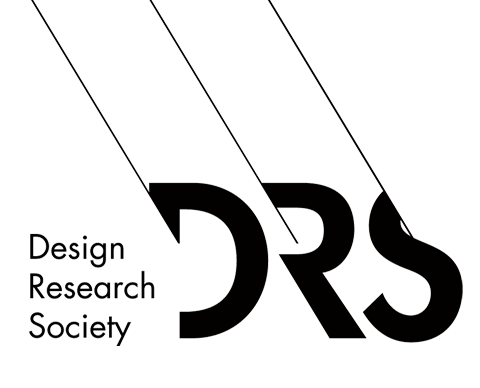Abstract
This paper is a systematized literature review centered on the best practices of usability testing with children, when they are the target end user in product development. The paper begins with a brief history of usability testing with children during the prototyping stage of product development. Following, the methodology guiding this literature review is described. Then, guidelines for usability testing with children provided by past research are outlined in chronological order, documented to show the evolution of changes or improvements in the practices over time. Additionally, most of the approaches to usability (as part of evaluative research) have been identified and com-pared between one another with a variety of factors. In conclusion, directions for further research are suggested based on current unanswered questions in the field of prototype usability testing with children, such as considerations for longitudinal vs. cross-sectional testing, physical vs. digital product testing, and age range of children.
Keywords
children, prototyping, usability testing, usability testing methods
DOI
https://doi.org/10.21606/drs.2022.646
Citation
Banker, A., and Lauff, C. (2022) Usability testing with children: History of best practices, comparison of methods & gaps in literature, in Lockton, D., Lenzi, S., Hekkert, P., Oak, A., Sádaba, J., Lloyd, P. (eds.), DRS2022: Bilbao, 25 June - 3 July, Bilbao, Spain. https://doi.org/10.21606/drs.2022.646
Creative Commons License

This work is licensed under a Creative Commons Attribution-NonCommercial 4.0 International License
Conference Track
Research Paper
Included in
Usability testing with children: History of best practices, comparison of methods & gaps in literature
This paper is a systematized literature review centered on the best practices of usability testing with children, when they are the target end user in product development. The paper begins with a brief history of usability testing with children during the prototyping stage of product development. Following, the methodology guiding this literature review is described. Then, guidelines for usability testing with children provided by past research are outlined in chronological order, documented to show the evolution of changes or improvements in the practices over time. Additionally, most of the approaches to usability (as part of evaluative research) have been identified and com-pared between one another with a variety of factors. In conclusion, directions for further research are suggested based on current unanswered questions in the field of prototype usability testing with children, such as considerations for longitudinal vs. cross-sectional testing, physical vs. digital product testing, and age range of children.

